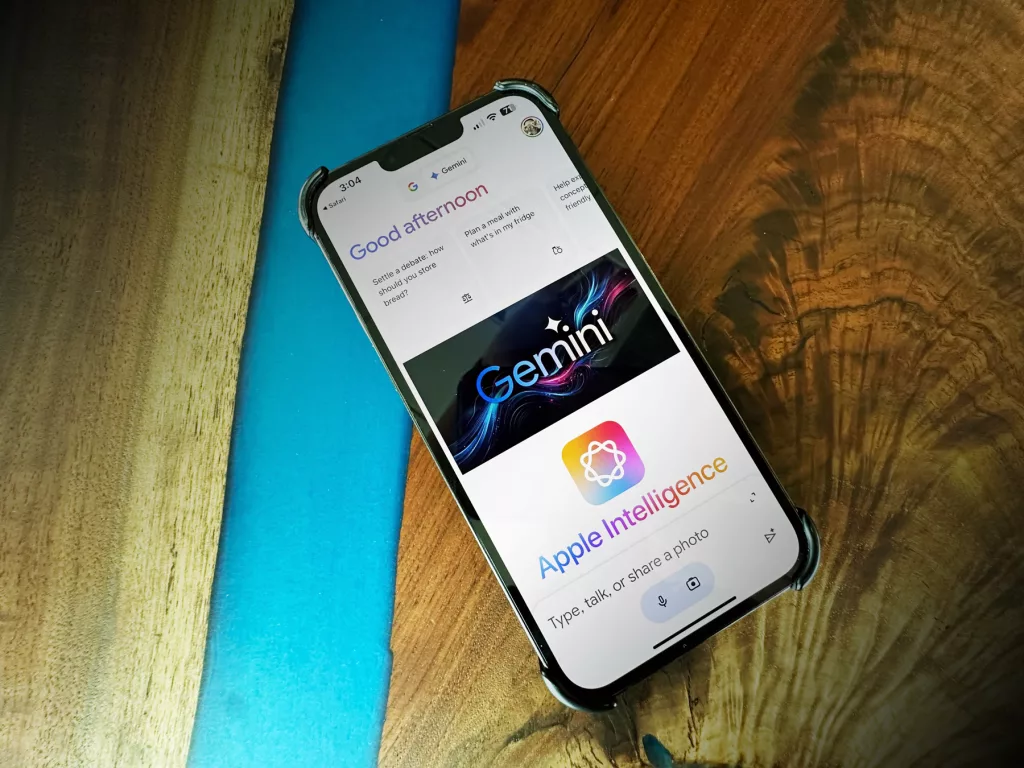You’re generating tons of data from things like Google and Facebook ads, website analytics, and sales numbers for your B2B company.
But if you’re like many B2B marketers, you’re not doing much — or anything — with that data. And we get it. You’re incredibly busy. Besides, even if you had extra time (funny joke, we know), would you really know what to do with your numbers?
Listen up: We urge you to reconsider letting your data sit unused. Stay tuned for why data matters as well as tips to maintain and leverage yours.
The Power of Meaningful Data for Your B2B Company
When you plan and organize your data so it’s accurate and, therefore, meaningful, you have the power to do two main things:
1. Make better, data-driven business decisions
2. Target potential customers more accurately to attract the right prospects
Take an example. Google allows you to track foot traffic and properly attribute it to your digital marketing tactics through paid search campaigns. What we’re promoting is the value of the data many technologies can give you.
Let’s put a fine point on it. After analyzing that data, you could make more informed budget allocation decisions, putting money where it really drives sales. Also, you could really see — and prove to your boss — the ROI of your efforts.
As far as better targeting is concerned, the more data the better. Say you now know who’s most likely to visit one of your B2B dealerships after seeing interacting with an email campaign. You can build a lookalike audience for your Facebook or Google ads campaigns to, again, reach the right people.
Gather Your Customer’s Data Before It’s Too Late
As mentioned, the more data the better. More specifically, the more first-party, customer data the better. Why? Because Google Chrome is going to start blocking third-party cookies next year, and Apple is already blocking cross-app and cross-site tracking.
We can’t quite predict the impact of Chrome’s coming change, but we’re already seeing major differences from Apple’s move. You know when you’re browsing the internet for the best coffee spot and then, five minutes later, Facebook serves you a Dunkin Donuts ad? Yeah, Apple’s not stalking you like that anymore. Consequently, targeting options are extremely limited now.
All of this means that soon, first-party data will be about all you have access to. And you’ll always be allowed to target customers who willingly share their info with you. See why we’re touting the importance of collecting, cleaning, and using the data you have right now?
Oh, and one more thing: Make sure your first-party, customer data is as complete and accurate as possible. Too often, B2B marketers come to us with gargantuan customer lists that are missing key details, like email addresses. It’s difficult to make business decisions from your data if that data is seriously lacking info.
Plan and Organize Your Data or Risk Unusable Results
Here’s a caveat to our ‘more data is better’ mindset: It doesn’t matter how much data you have if it’s indecipherable, unorganized, and, as a result, unusable.
It wouldn’t be unusual to start digging into your data only to realize that the person who set up the last campaign has left the company and you can’t interpret what you’re seeing. Your campaigns should be planned and organized so anyone can step in and read the resulting data correctly — without spending countless, wasted hours digging into it.
How, you ask? It starts with defining and documenting your naming conventions.
As it is, you’re probably naming campaigns (a Google Ads campaign, for instance) randomly, on a campaign by campaign basis. Instead, every name should be consistent and include things like the campaign’s goal. That way, anyone can tell at first glance what’s what. More importantly, anyone can read the data with the intended goal in mind, and then optimize the campaign accordingly.
Successfully naming your campaigns requires planning how you’ll do so before everything gets off the ground. The key here: planning. Everything about a campaign — including your goals and objectives — should be well thought out ahead of time. Otherwise, you’ll end up with data that raises more questions than answers.
The takeaway? Don’t fly by the seat of your pants. Your data will reflect the amount of effort you put in up front.
Creating a Plan to Measure & Manage Your B2B Marketing Data
If you’re still overwhelmed by the prospect of leveraging your data, even with this extra info in-hand, you need a measurement plan.
Alongside your media plan you need a plan to measure success while organizing and evaluating the data you collect. This plan needs to be in place before your campaign launches to ensure the right pieces are at the ready (including campaign name, tags, and tracking information) so the resulting data is organized and useful.
Importantly, every marketing tactic within your measurement plan should be matched with an objective, and every objective should be matched with an appropriate, measurable KPI. Meaning you won’t end up with missing or confusing data that takes hours to clean up.
With a measurement plan in place, you can spend less time agonizing over — or worse, ignoring — your data and more time acting on insights you collect to make smarter decisions for your B2B brand.




